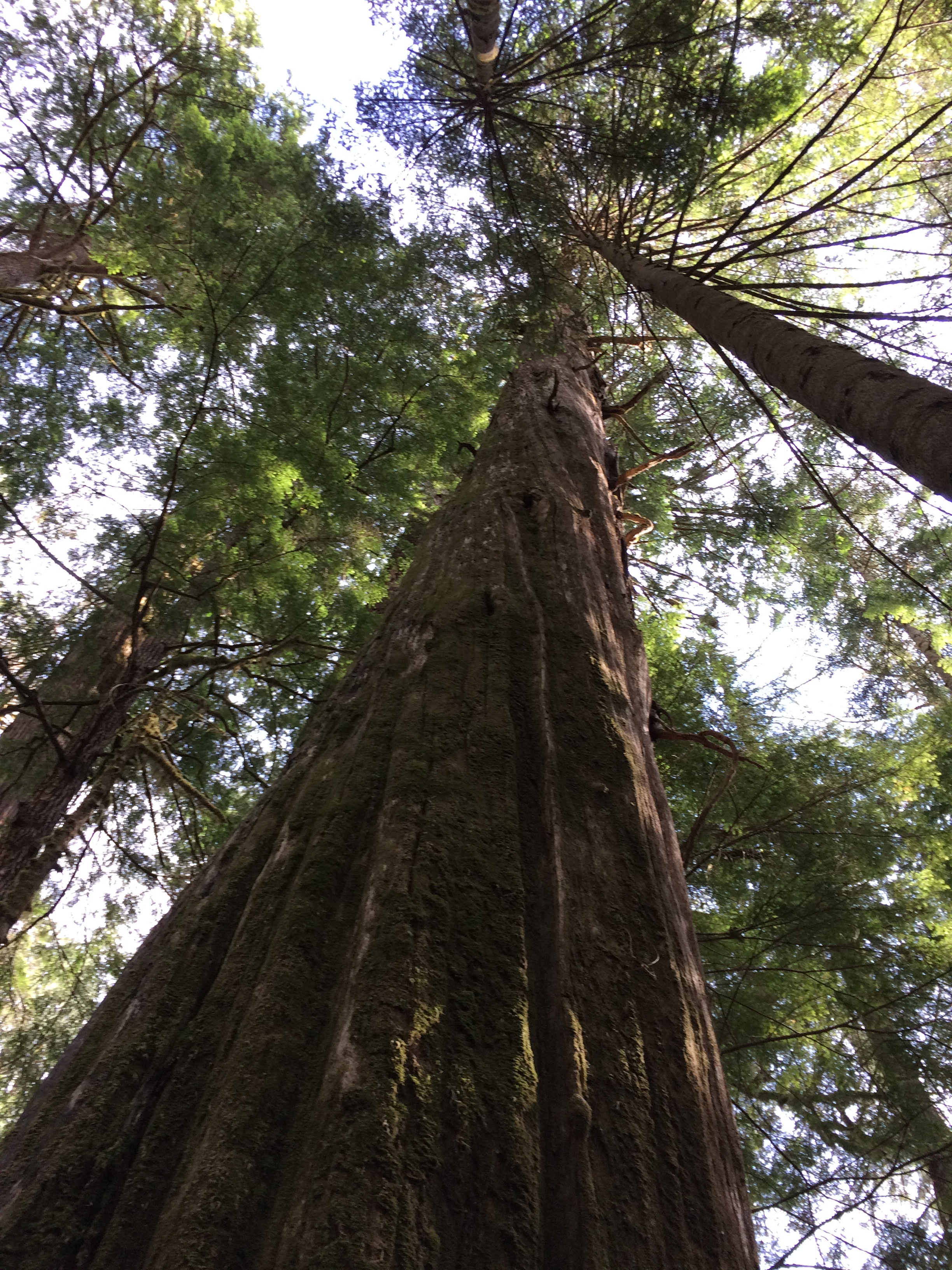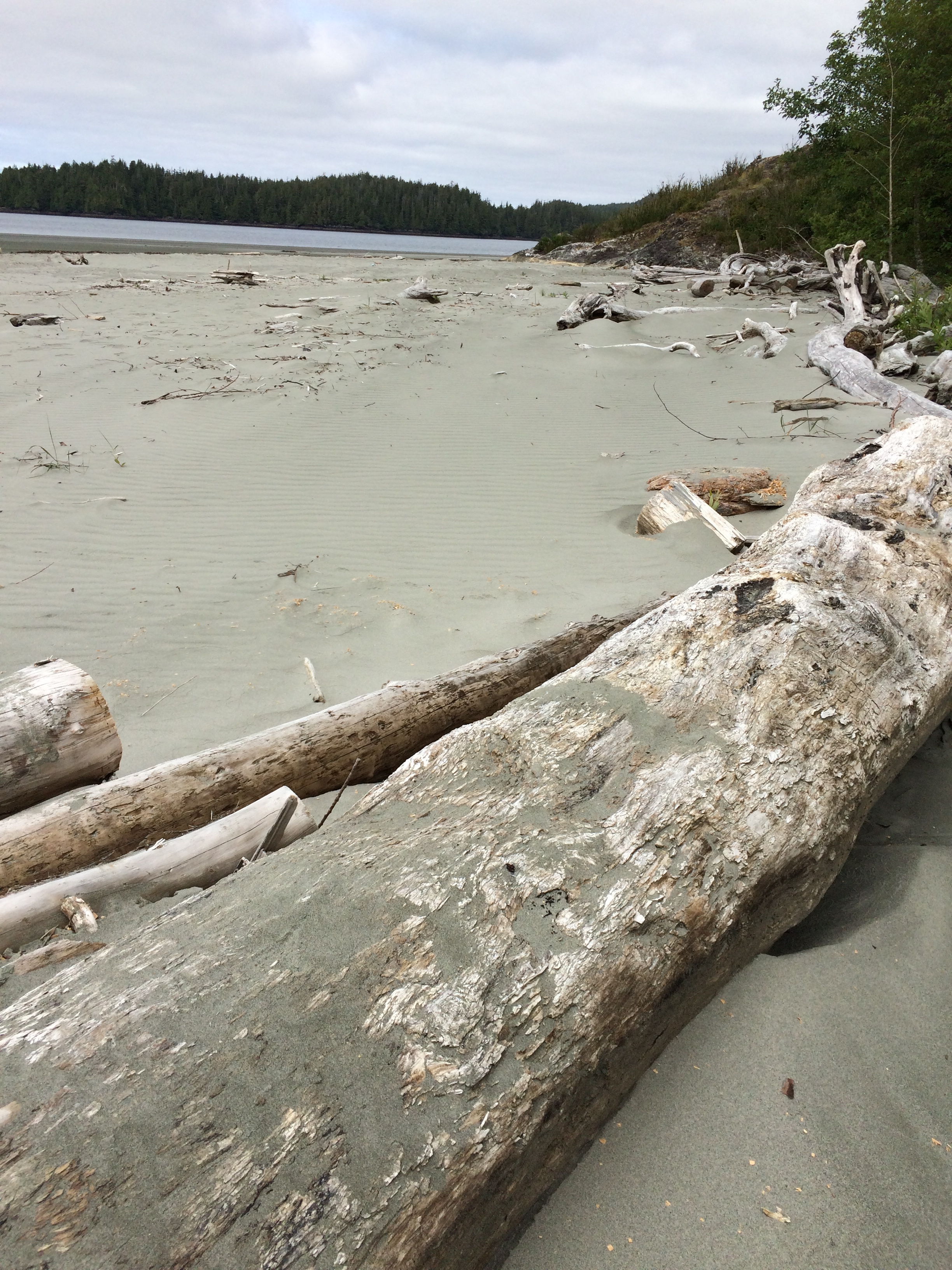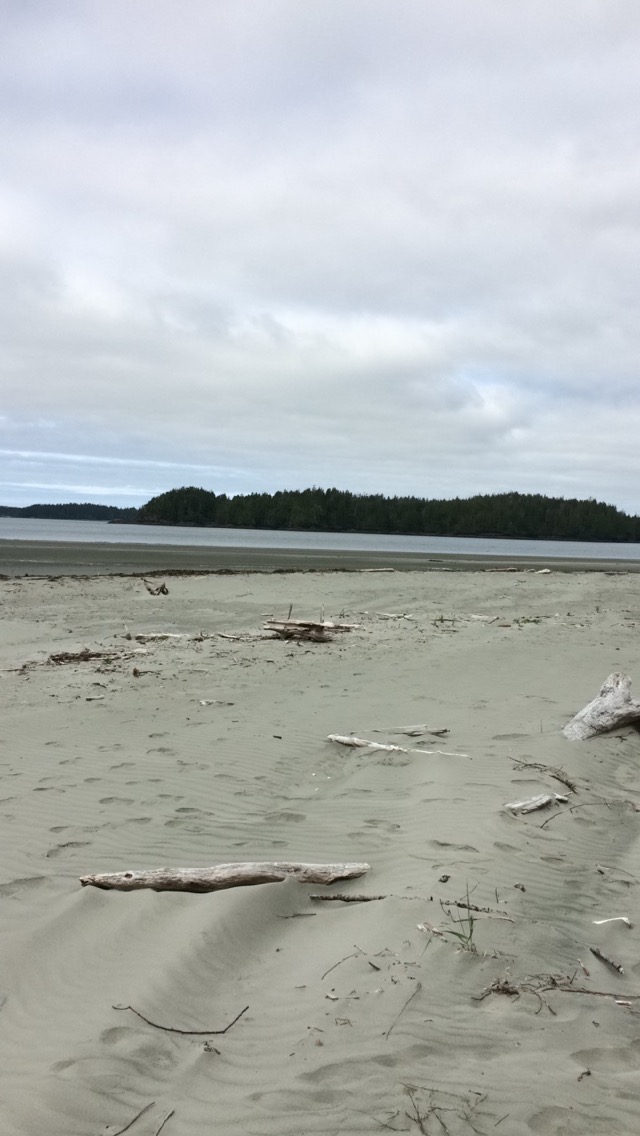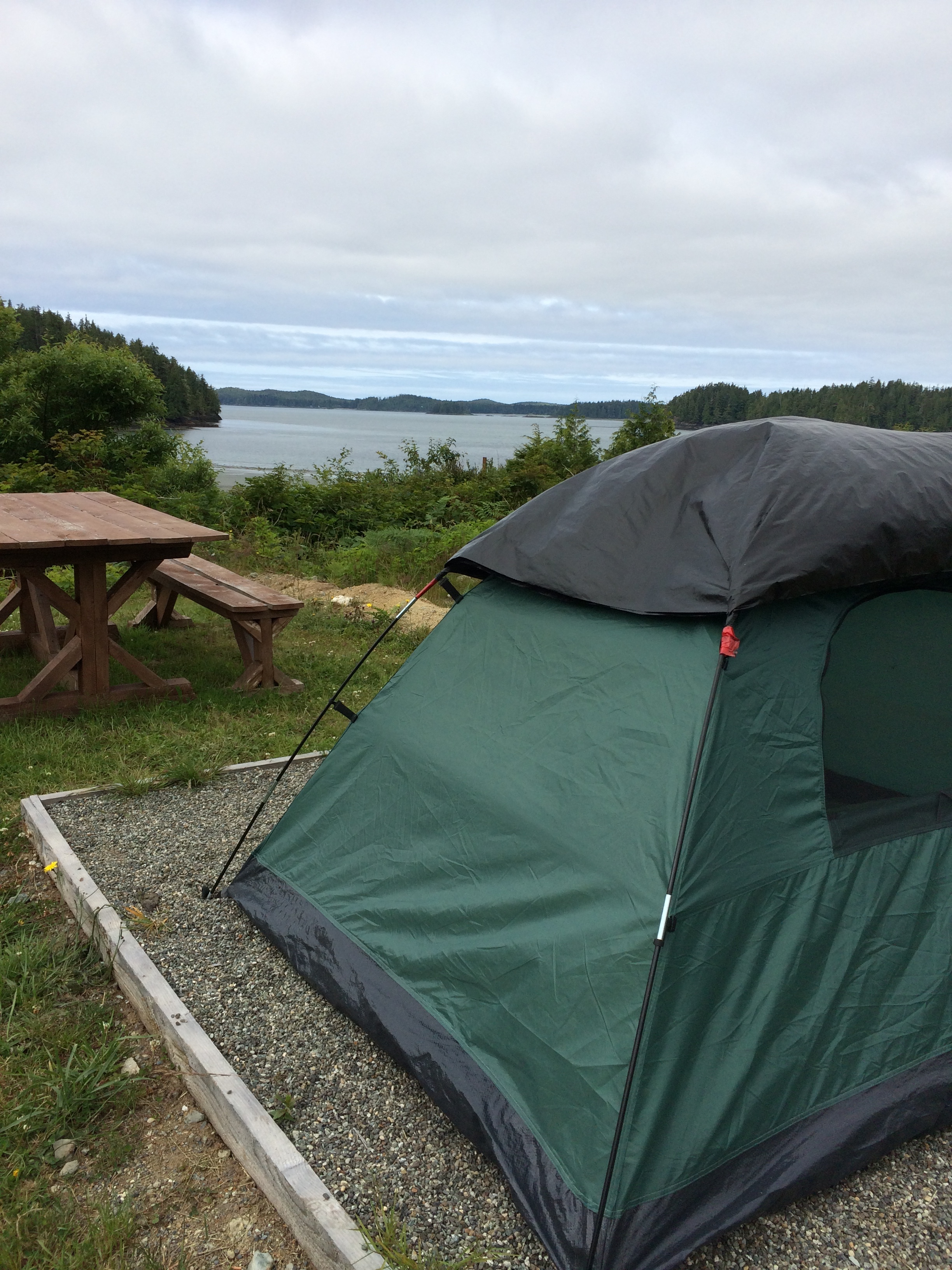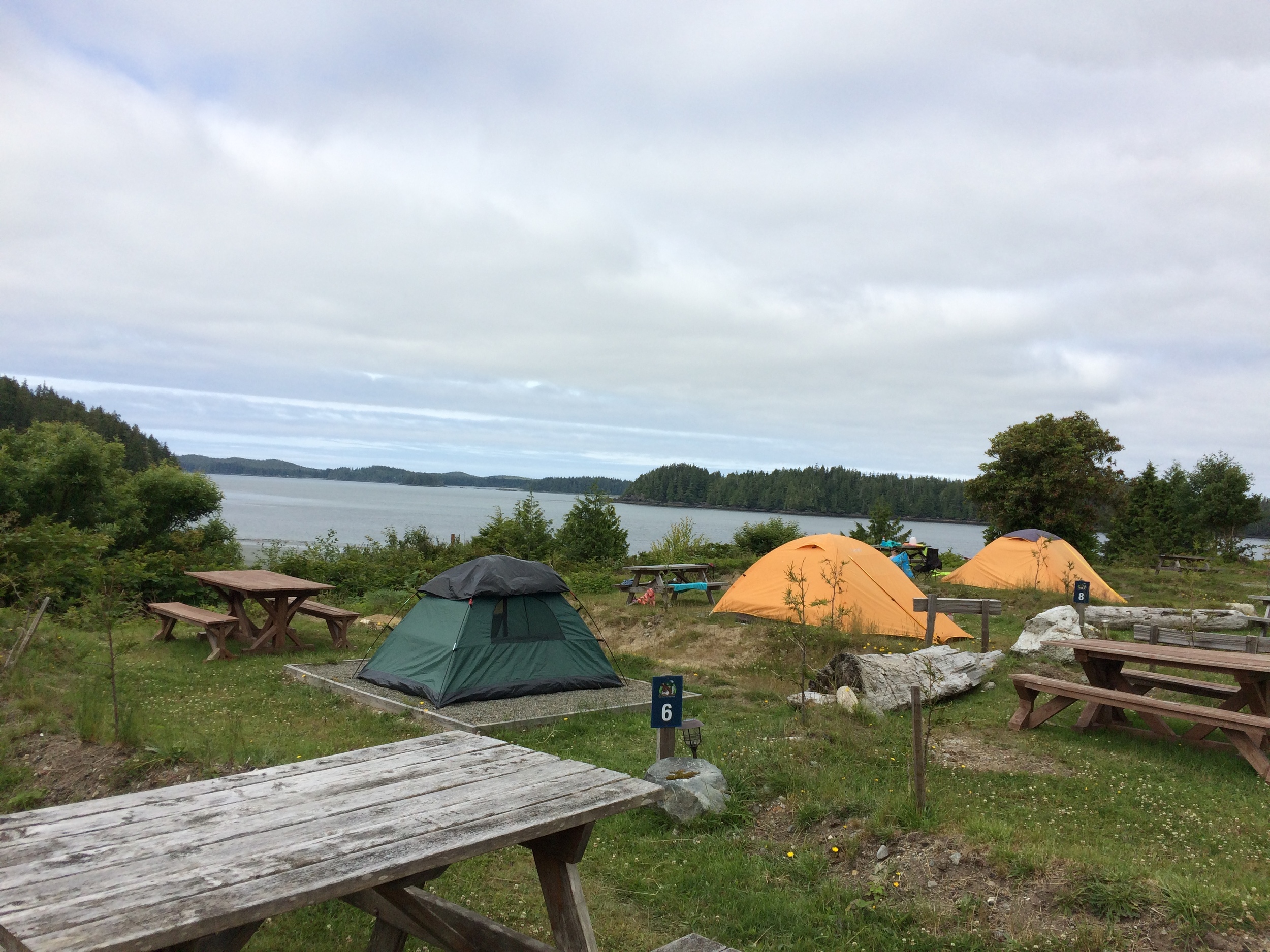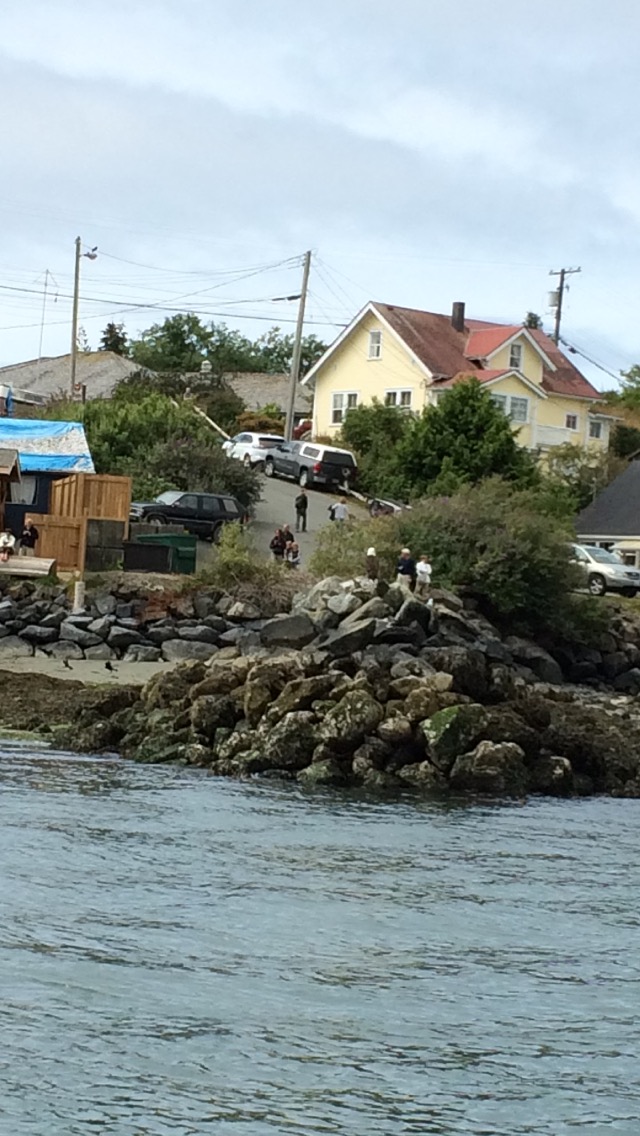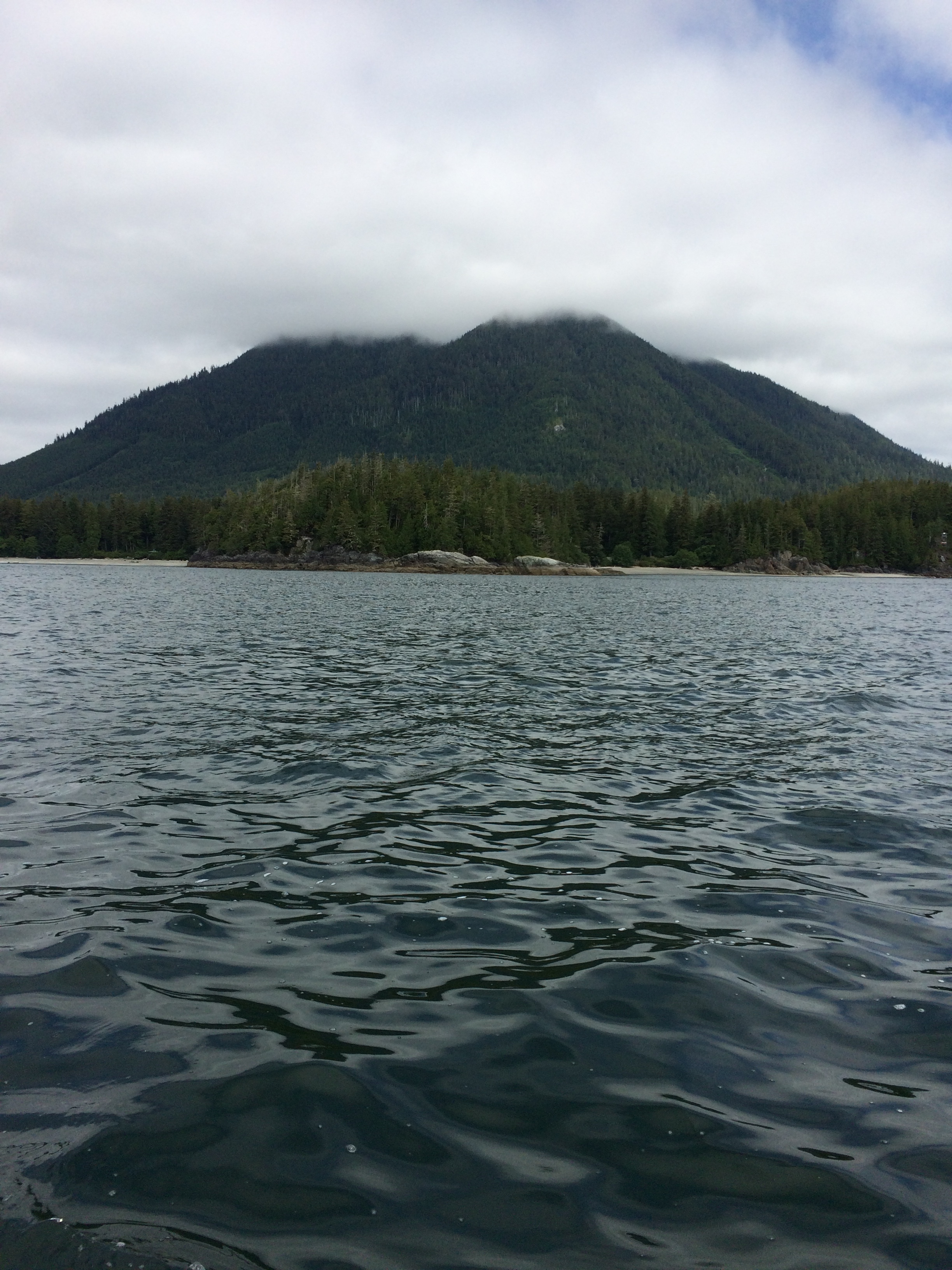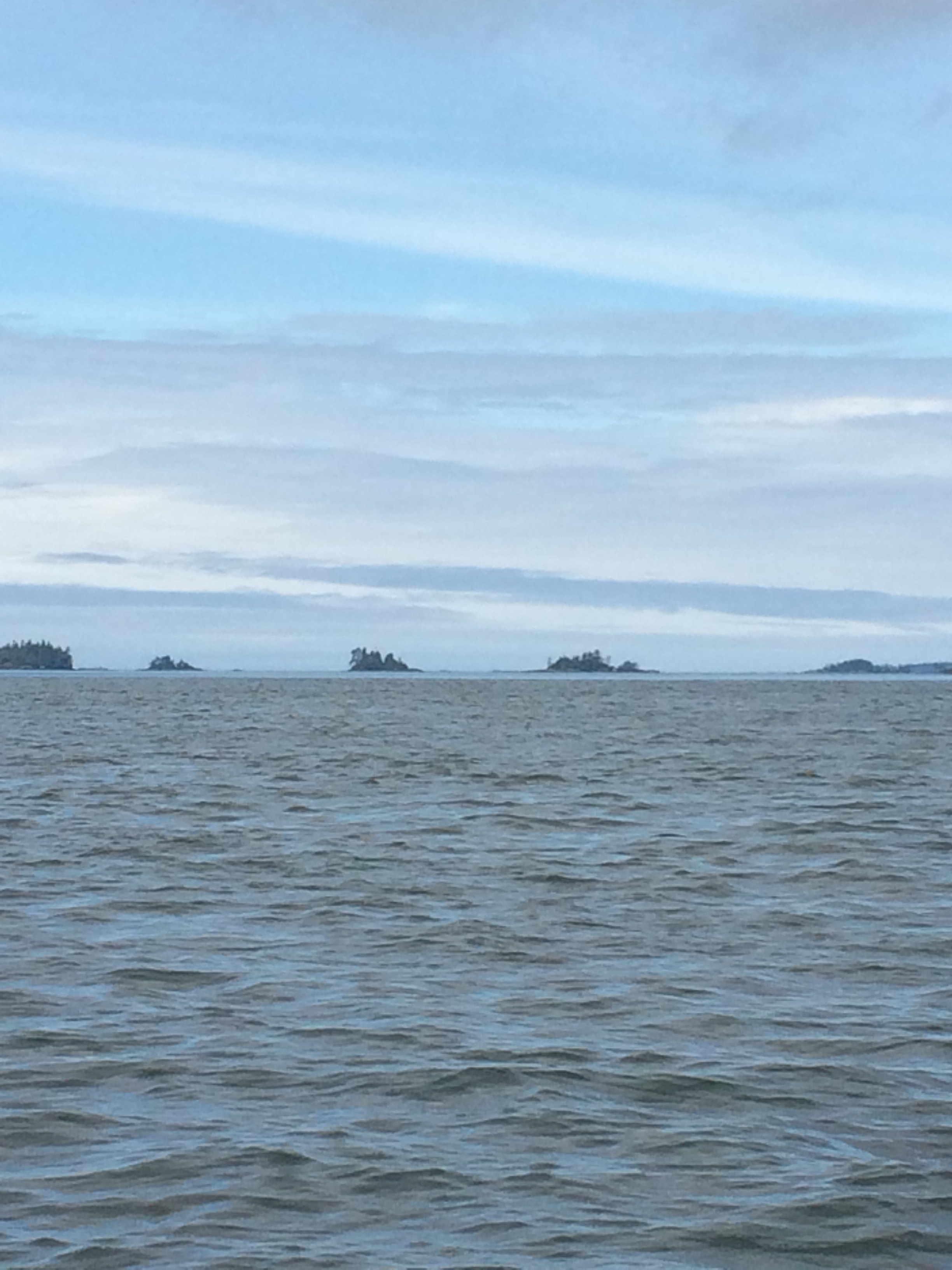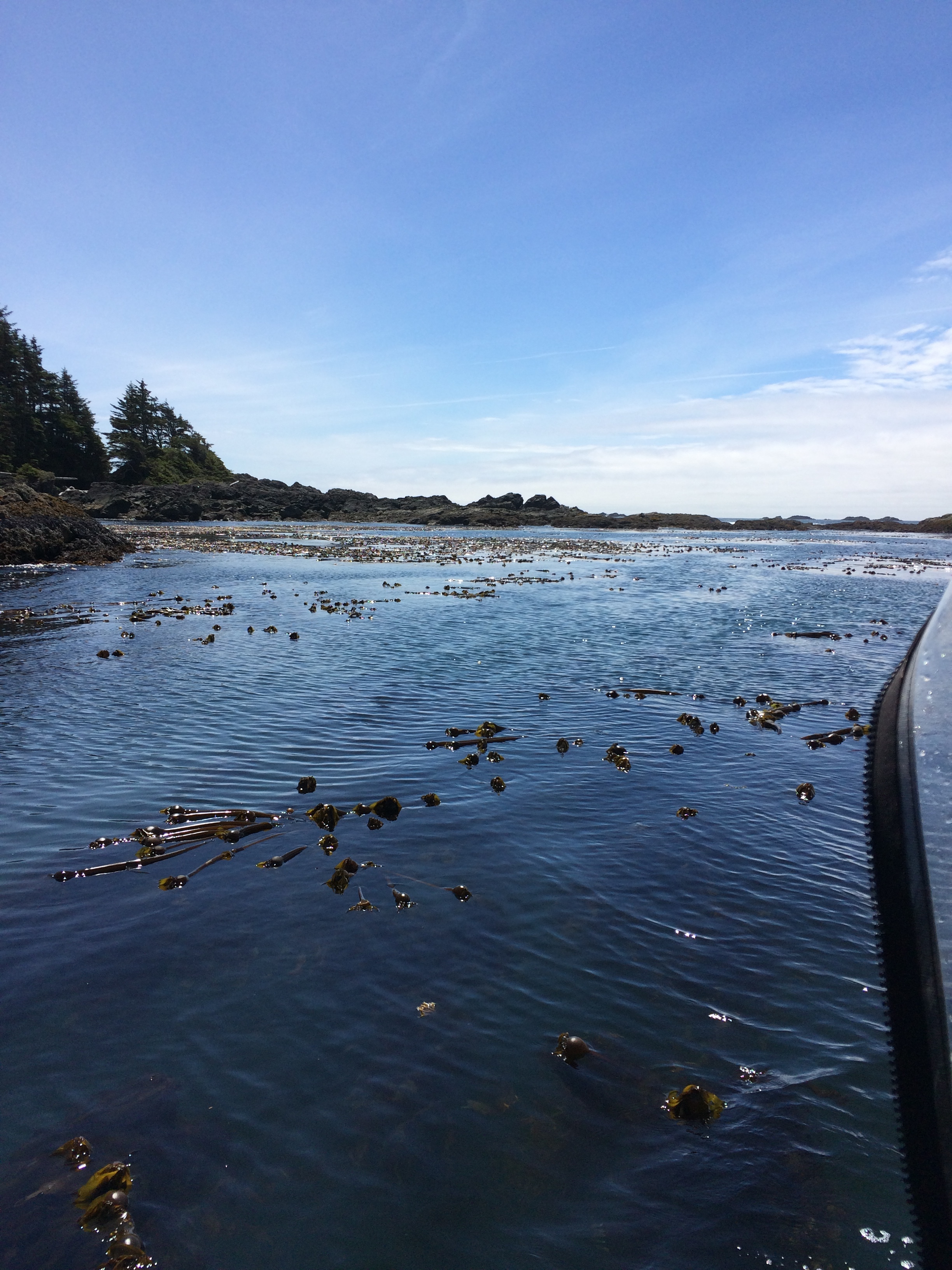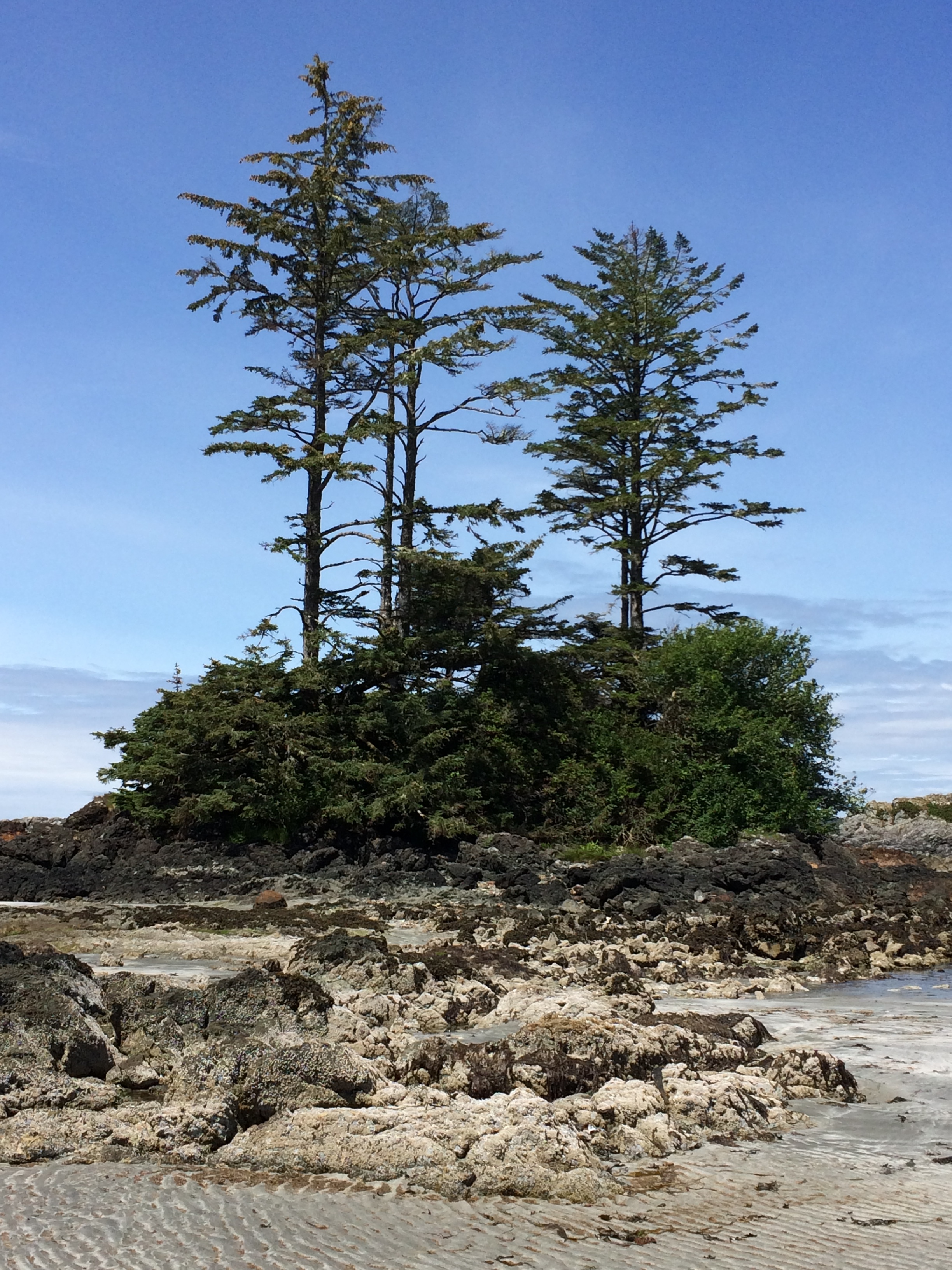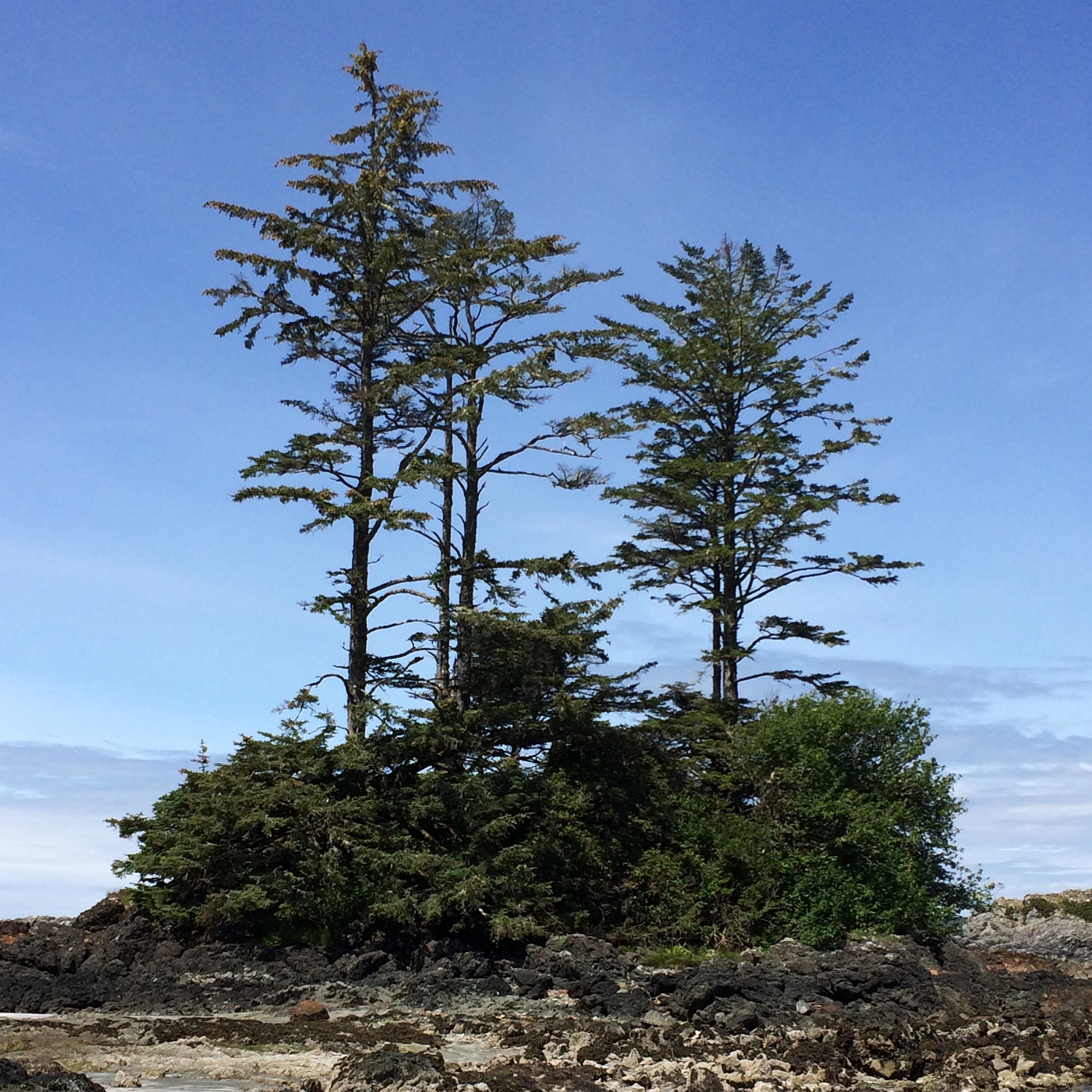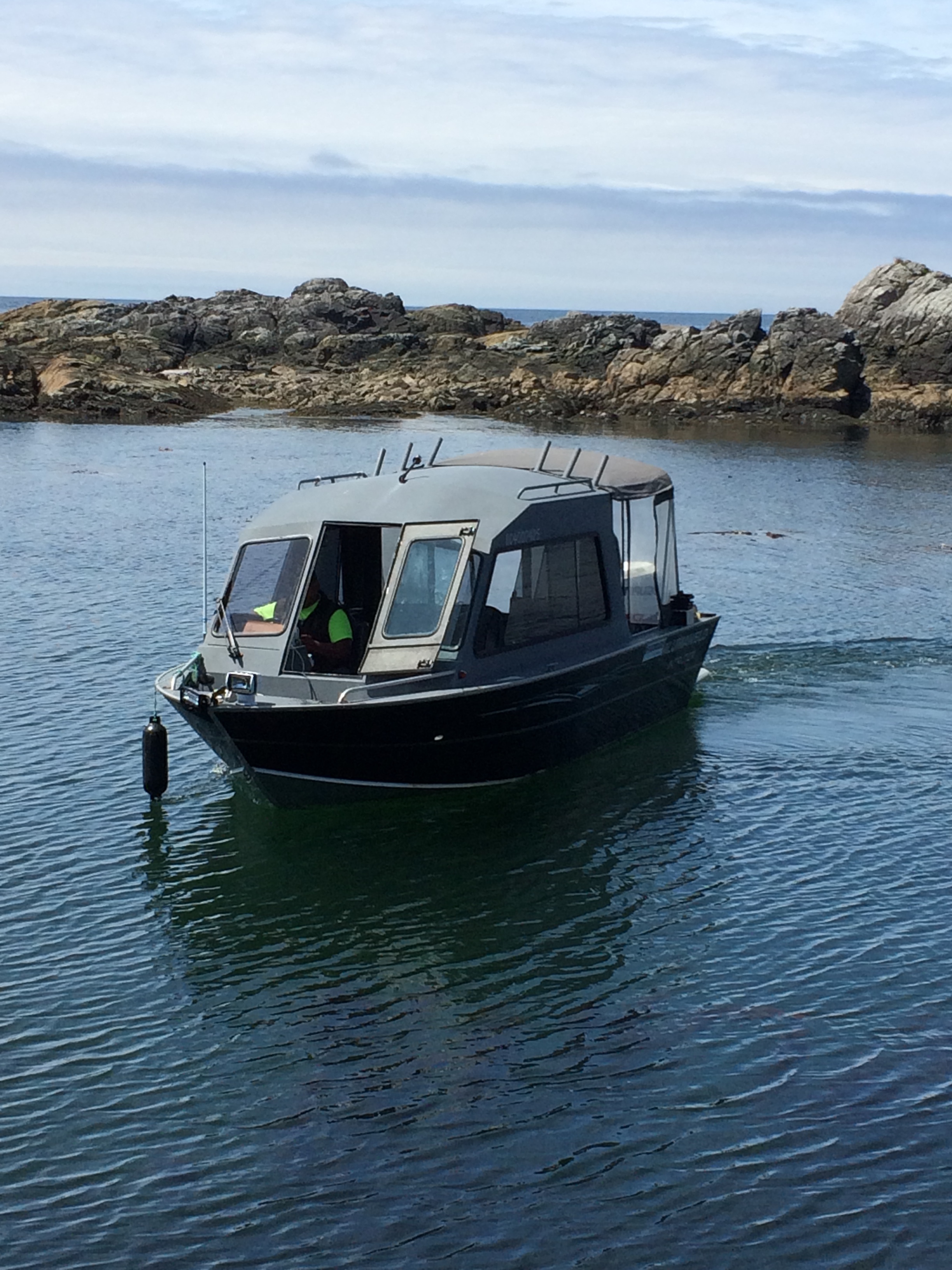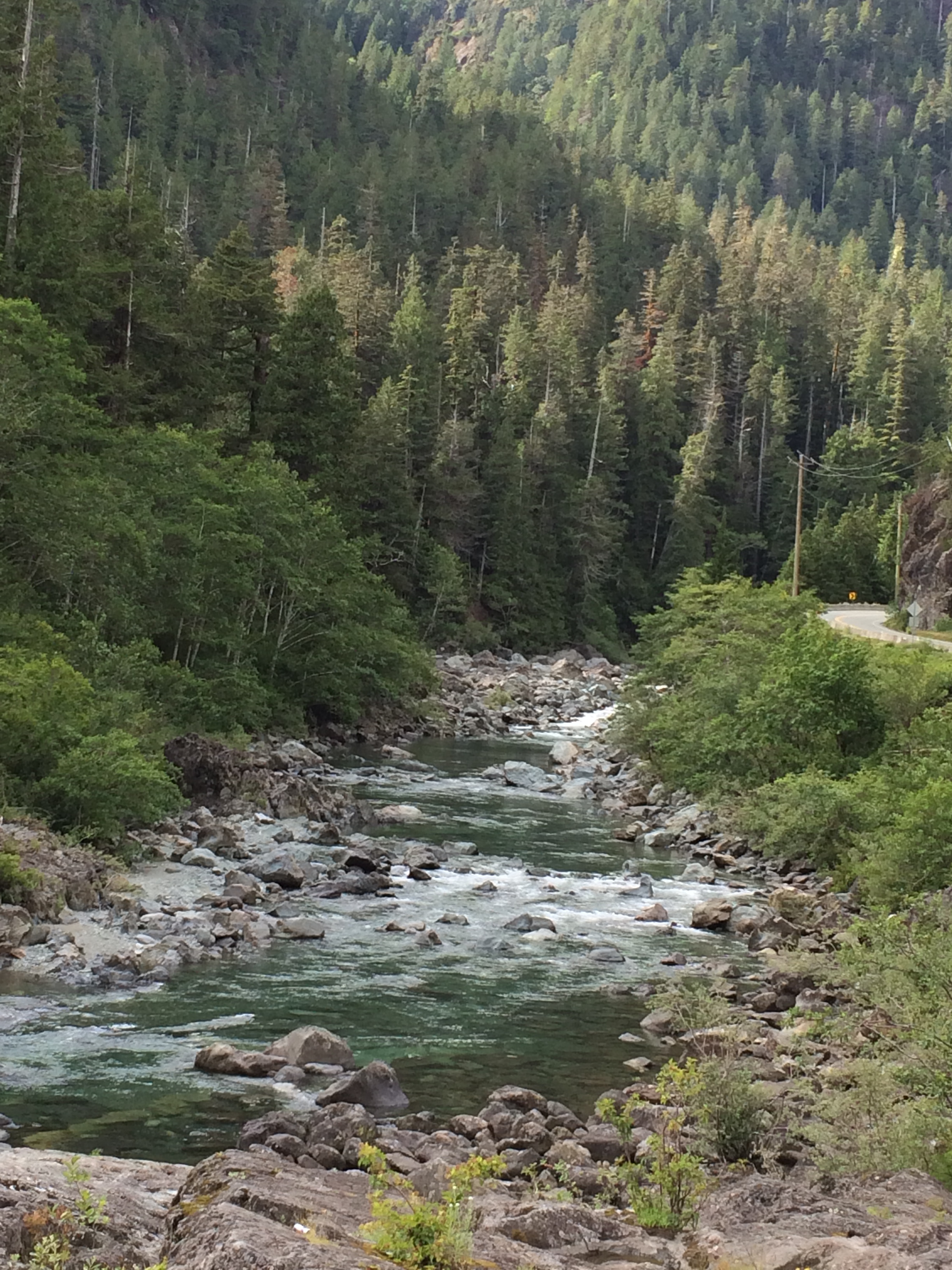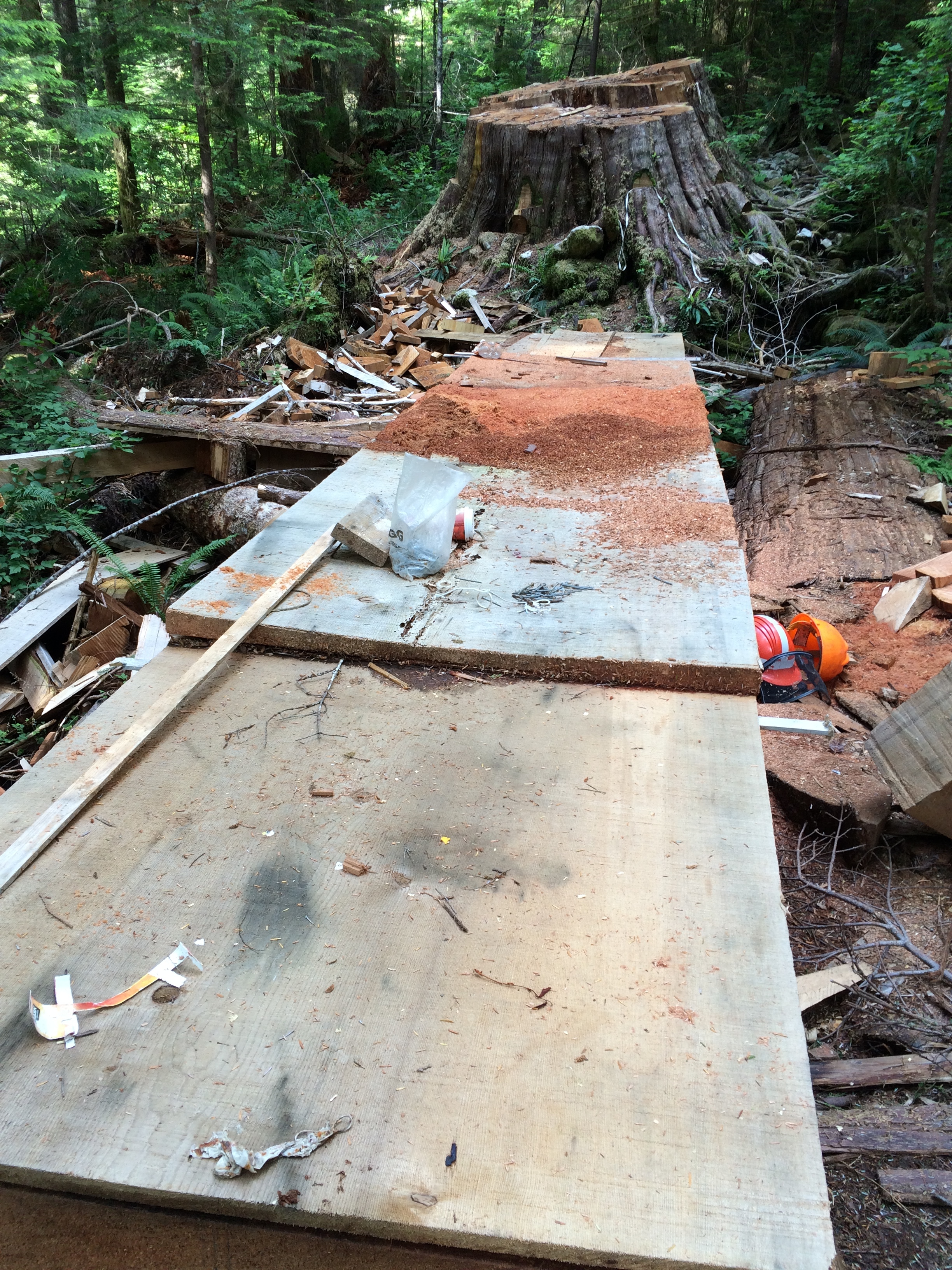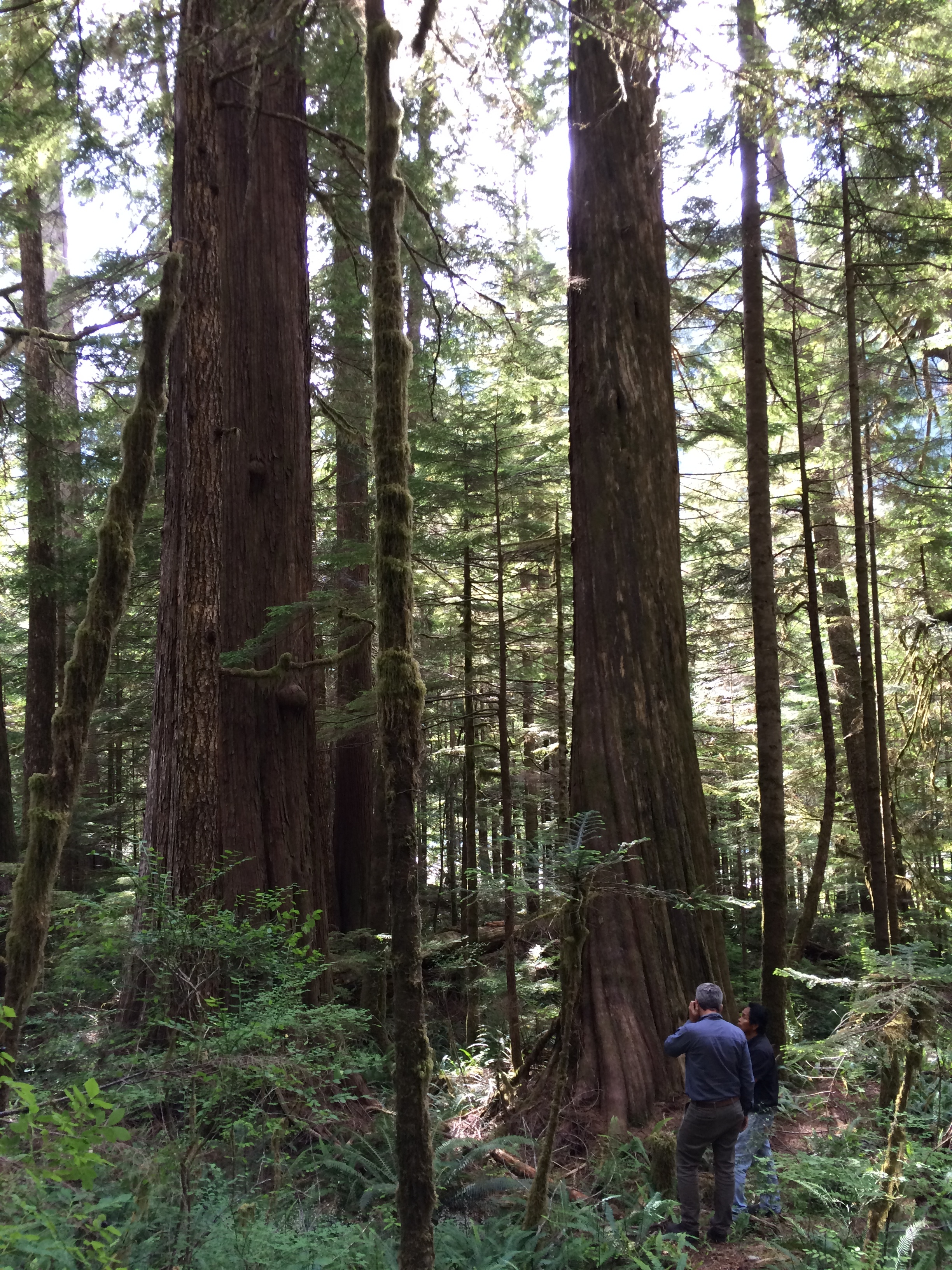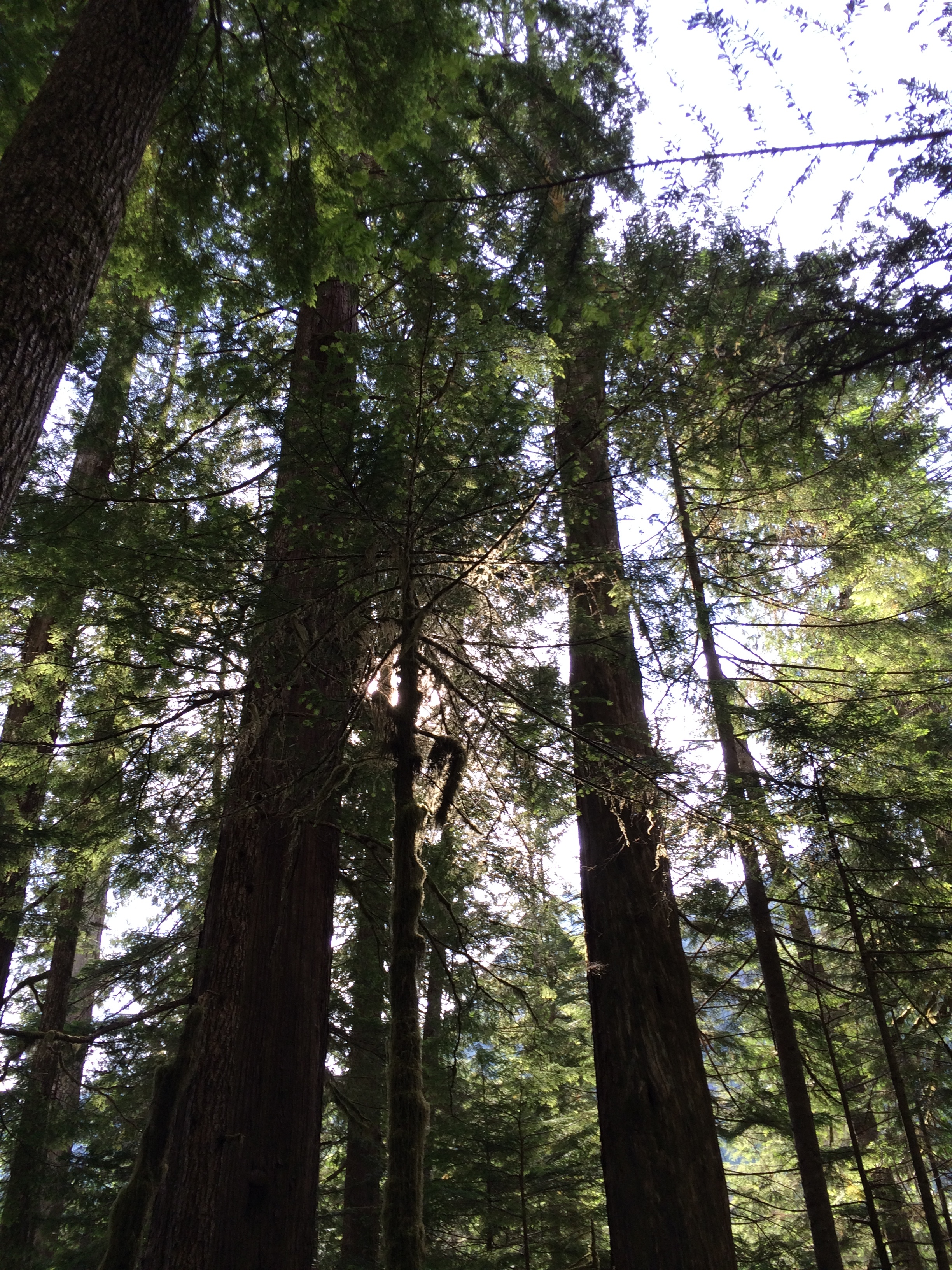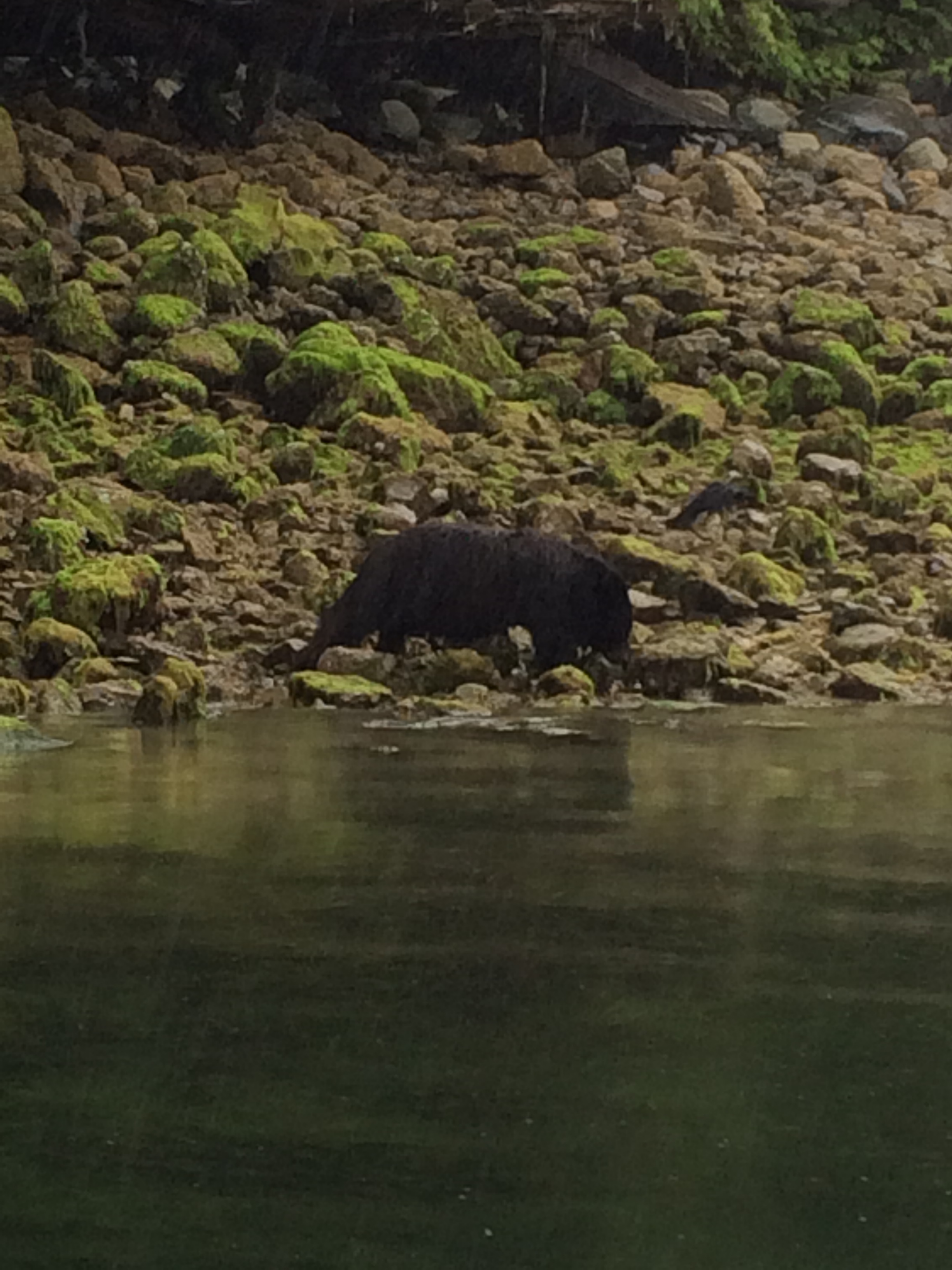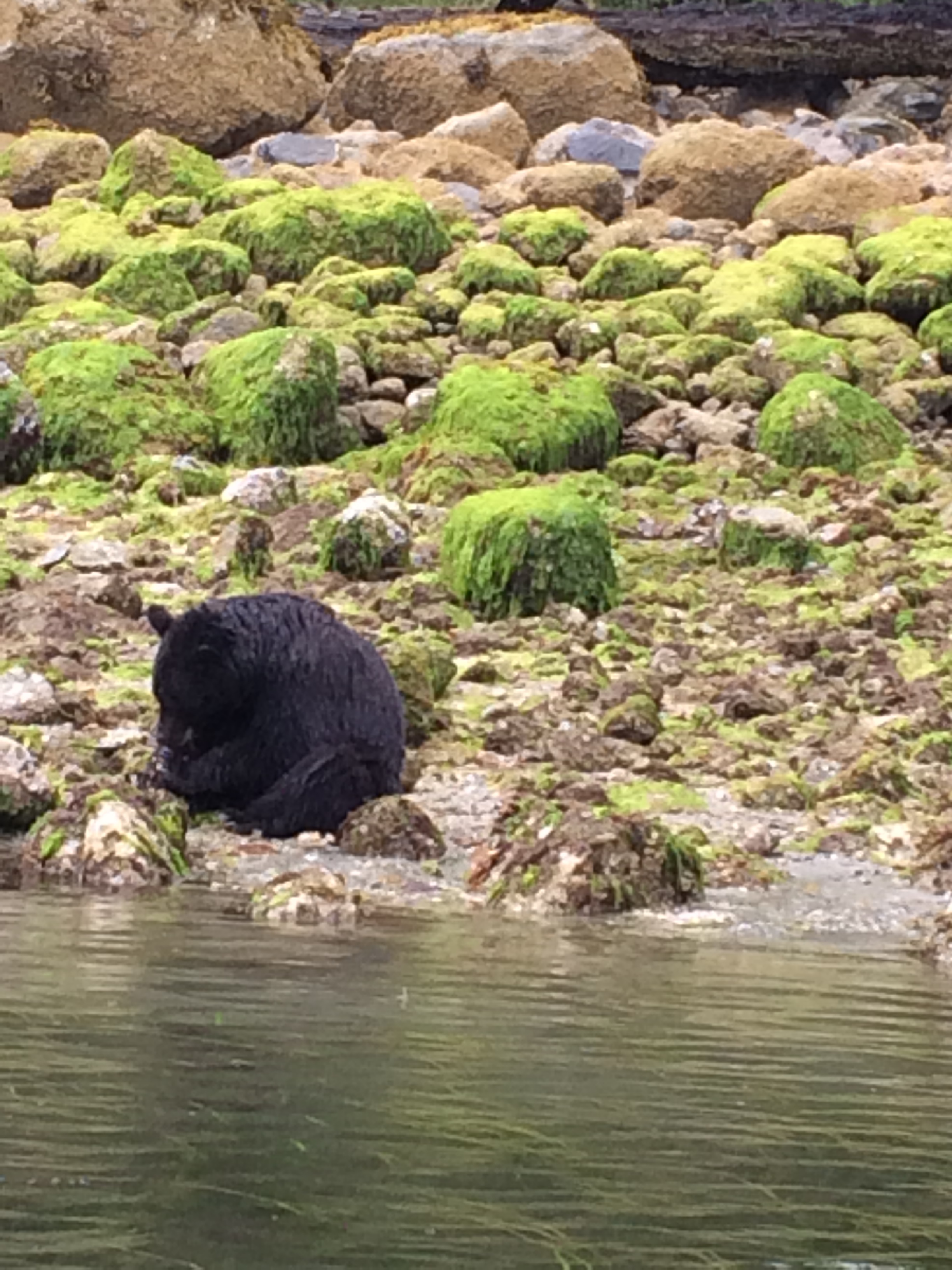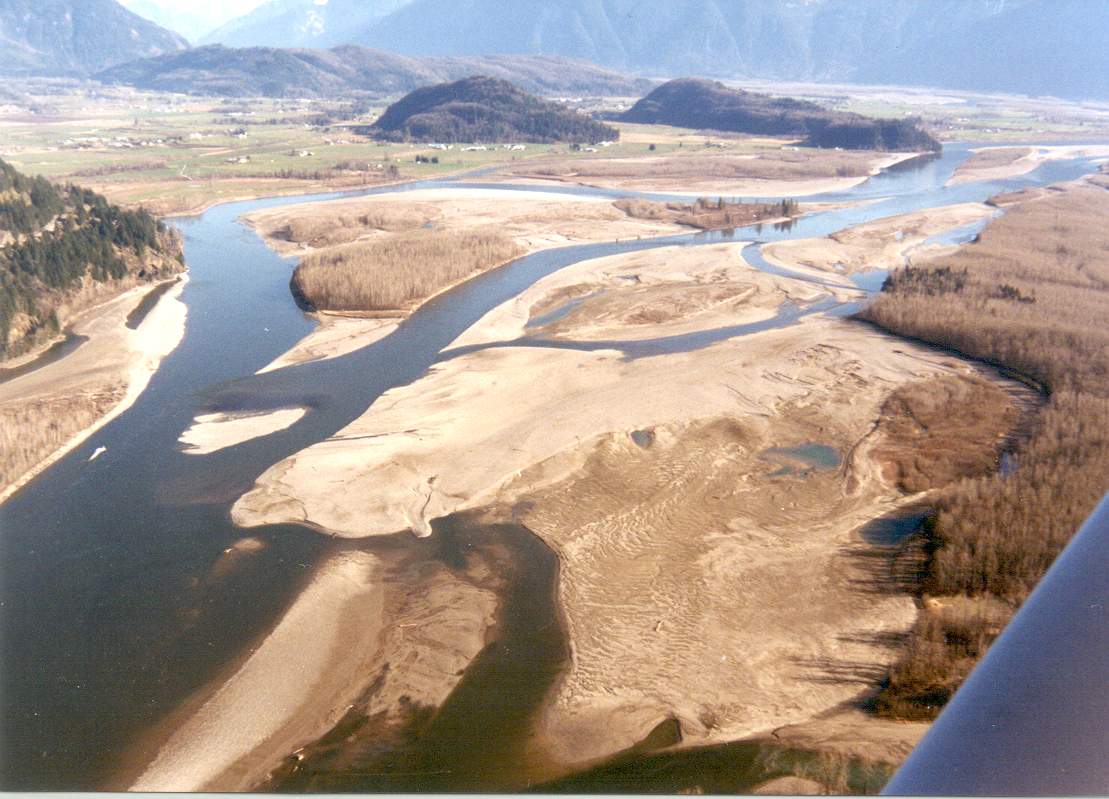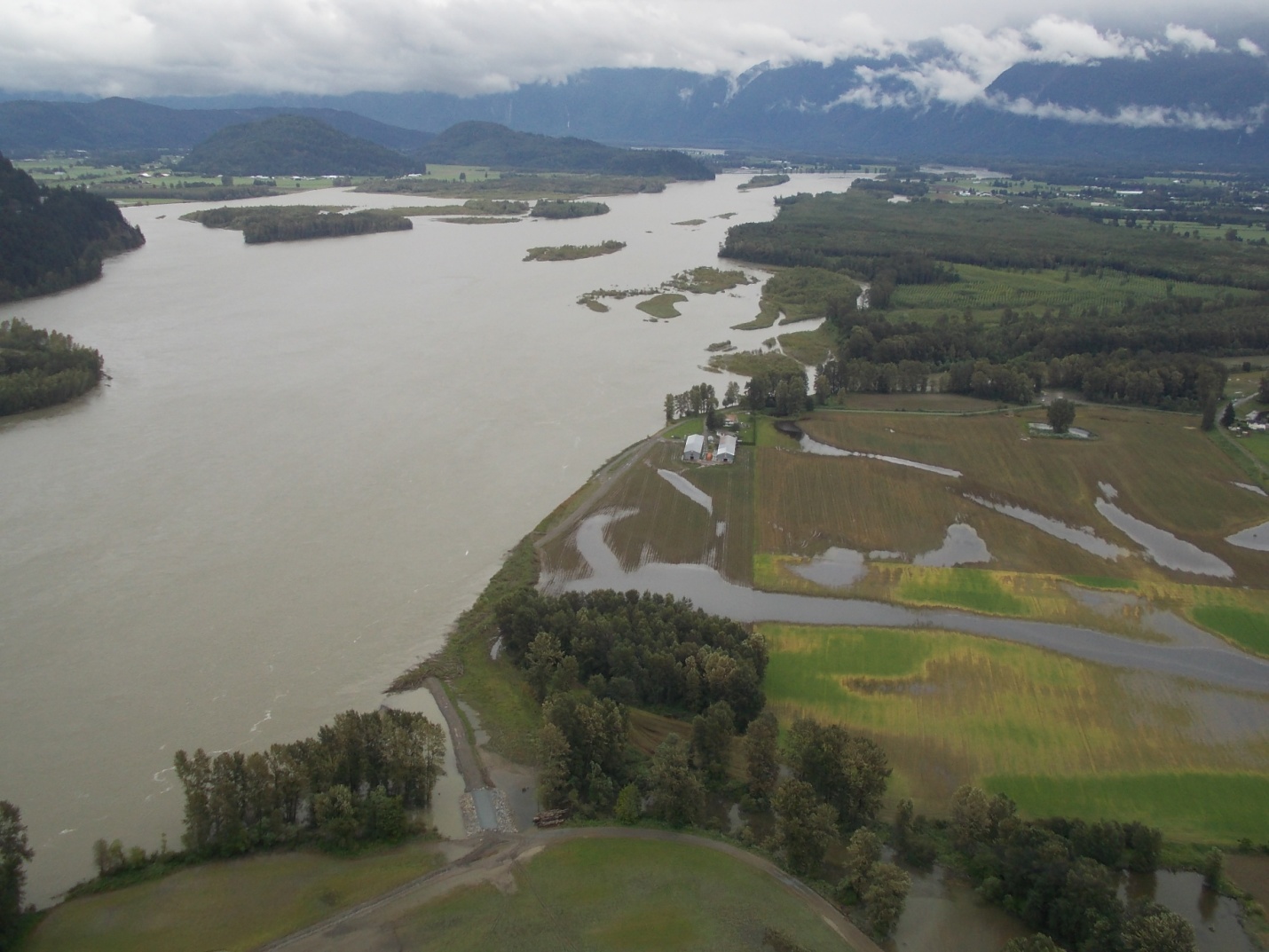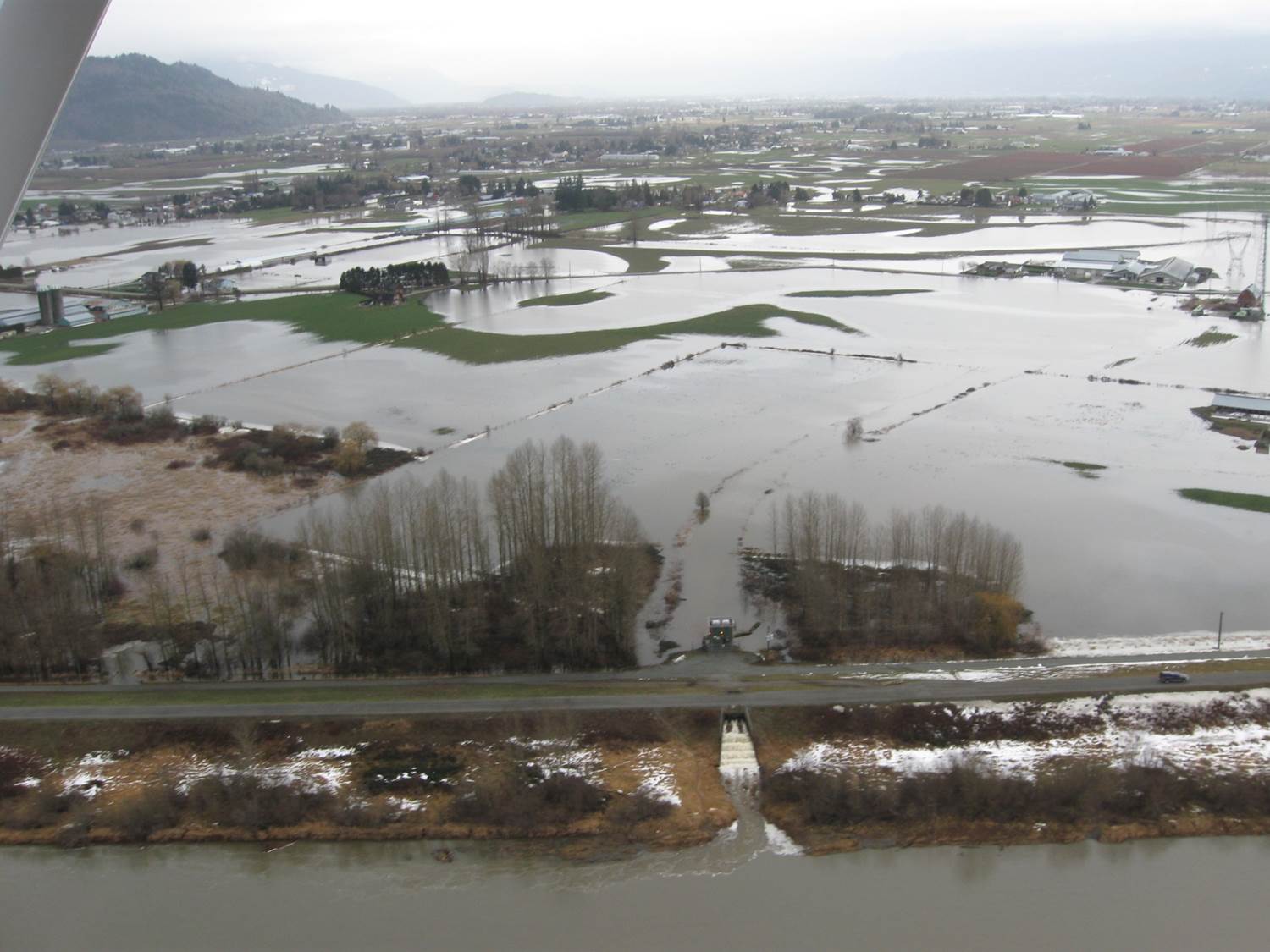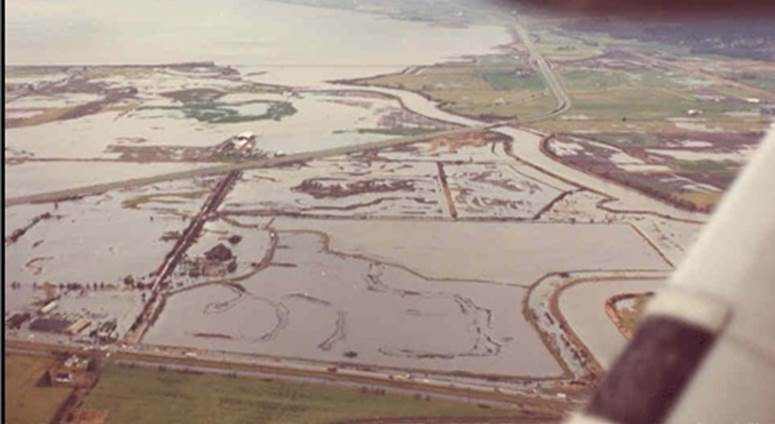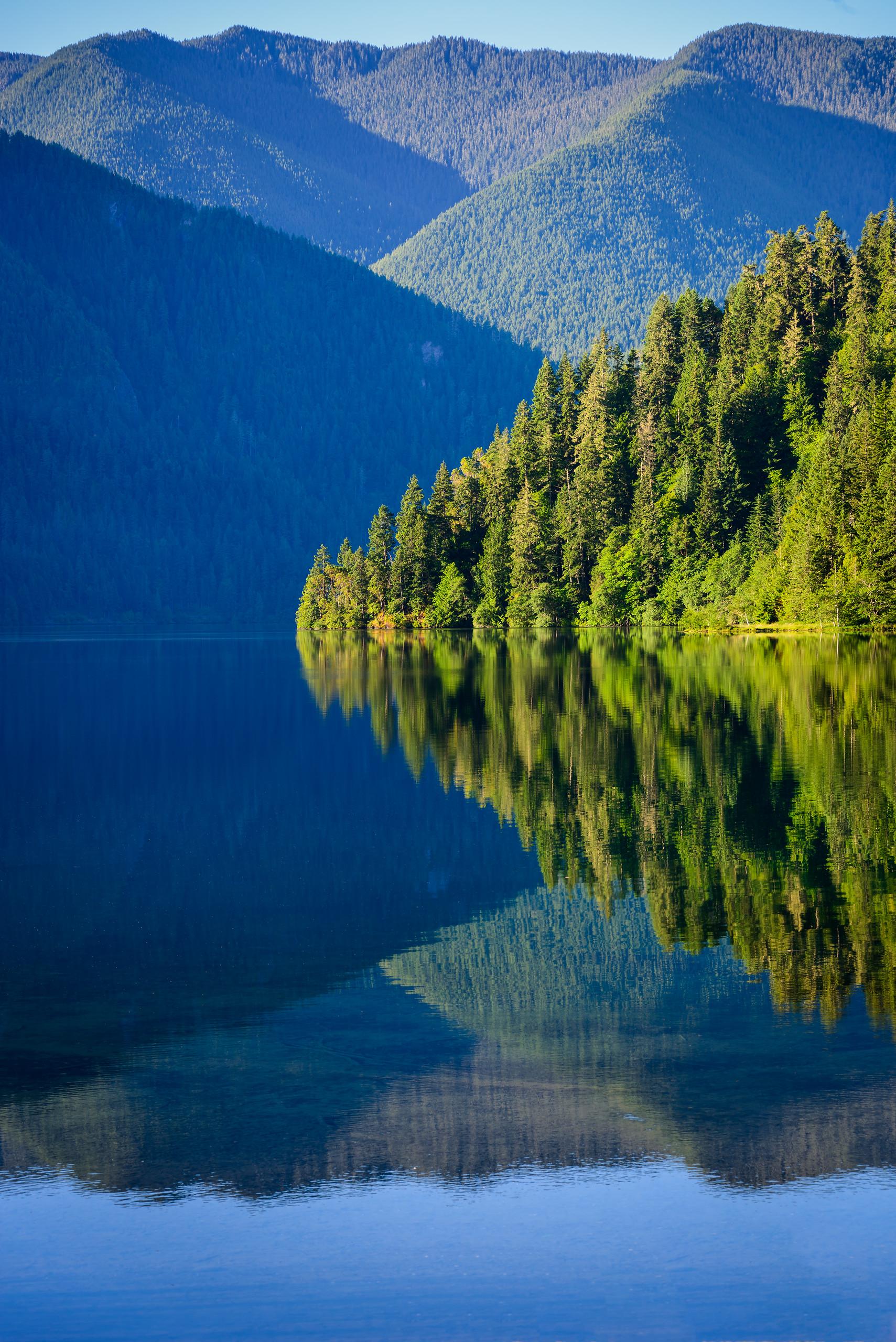The hunting season for grizzly bears in British Columbia is permanently closed. This achievement is a clear example of the potential created by investing in Indigenous leadership
How Do We Share Indigenous Stewardship Knowledge?
Camping in Paradise
Written & Photographed by Carrie Krueger, Director of Marketing, The Nature Conservancy in Washington
Clayoquot Sound, on Canada’s Vancouver Island is a spectacular place of sea and forests, centuries of culture, and home to First Nations with deep connections to the land and water. As the region’s indigenous people look for ways to protect cherished natural resources they are also sharing the area’s abundance with others. One example: The Lone Cone – a campground and hostel located in the heart of this rich ecological treasure and open to all to enjoy.
A short boat trip takes visitors to the Lone Cone, for camping, dormitory style housing or even private rooms along with a community kitchen, game room and hot tub. But it’s the access to nature that attracts visitors – from tents with a view to hiking trails and beaches, nature abounds. Kayaks, paddleboards and mountain bikes are available as part of the eco-tourism experience.
The Lone Cone is an example of community based conservation that protects nature while creating local economic opportunities. The site has created more than 20 jobs and attracts visitors from around the world. It is run by the Ahousaht First Nation which has plans for other sites and attractions in the area.
It’s a tiny piece of the vast Emerald Edge, a Nature Conservancy priority that spans from Washington, through British Columbia and all the way to Alaska. The landscape holds the largest intact coastal rainforest and is of massive ecological importance to the world. Through our work we are committed to partnership with indigenous and local people to heal the lands and waters while creating new opportunities for local wealth creation, economic development and entrepreneurship.
LEARN MORE ABOUT LONE CONE
LEARN MORE ABOUT OUR WORK PROTECTING THE EMERALD EDGE
Act Locally, Share Globally
Written by Bob Carey, Strategic Partnerships Director
Photographs by Flickr Creative Commons
Just a few short hours north of Seattle and set in the vast beauty of British Columbia, the Conservancy's Floodplains by Design program was the featured topic at a Canadian Water Resource Association workshop in Surrey. More than 30 WATER resource management leaders overwhelmingly responded positively when, at the close, their president asked if they were inspired by this work happening just south of the border. Their response was just as positive when asked if they’d like to see such a program in British Colombia and on the Fraser River.
The gathering of representatives from BC’s major cities, the BC government, the Fraser River Basin Council and environmental and academic groups represent those on the forefront of managing the Fraser River – the largest river in both BC and the Salish Sea, and the watershed with the highest flood risks in Canada. The strong affirmation that the “Floodplains by Design” approach makes sense and is applicable across the border made me proud to be part of a team leading the charge in making the region’s rivers more resilient for people and nature.
Restoring nature to address societies most pressing challenges is a prominent theme in the Conservancy's global conservation agenda. Our Floodplains by Design work in Washington is one of the best success stories of accomplishing this at a meaningful scale. Having secured $80M in new funding and helped catalyze 30 projects across the state, in which the restoration of nature and reduction of community risks are being pursued hand-in-hand, it’s clear that the approach can deliver tangible benefits to people and nature. That is why the invitations to share our story are numerous.
In addition to myriad audiences in Washington, over the last couple years our WATER team members have shared the Floodplains by Design story with a variety of national and international audiences, including: China Coastal Wetland Conservation Network (China), Salish Sea Ecosystem Conference (Vancouver, BC), American Planning Association (Phoenix), Association of State Floodplain Managers (Atlanta, Seattle), National Academy of Sciences (Washington DC), North American Water Learning Exchange (Pensacola, Phoenix) and the NW Floodplain Management Association (Post Falls, ID).
There are many great things about working for The Nature Conservancy, among them – the ability to innovate, the ability to scale up our work, and the ability to export beyond our borders.
It’s a recipe for making real change in the world.
Great Step Forward for Great Bear
The Great Bear Rainforest is a land of towering trees, salmon-filled rivers and peoples with a presence as old as time. On Feb. 1, we celebrated as the government of British Columbia and the governments of 26 First Nations signed an historic agreement that will forever conserve 19 million acres in British Columbia, banning logging on much of the land and setting stringent ecological protections on the remaining portions.
Getting to this agreement is a triumph for many – including indigenous people, conservationists, the forest industry, the provincial government and The Nature Conservancy.
Exploring an Emerald Edge: February Photo of the Month
Written by Tom Parker, Northwest Photographer
Little Qualicum Falls is one of my favourite stops when I'm headed north on Vancouver Island. Located near the centre of the island it has a great mix of lush forest greens and sparkling waterfall blues packed into a beautiful 1km loop. With the river always fluctuating throughout the seasons the landscape is constantly changing, creating new scenes each time I visit. In the winter months the river has so much power that it is constantly shifting massive fallen trees down the banks, sometimes creating natural bridges or leaving them in precarious spots for viewing such as hanging from the tops of waterfalls.
On this day my friend Forest was in town and wanted to see the island, so we headed down the Alberni Highway looking for adventure with our first stop at the falls. When I was shooting the river Forest had disappeared and the next thing I knew he was climbing across the logs making his way over the river. Its always inspiring to go exploring with friends that are not afraid to leave their comfort zone. As a photographer I’m always looking to push new boundaries, personally and with my work.
Nature inspires my photography in many ways, from the slowing of time to the roar of the rivers washing away distractions, allowing my creativity to flow. When I am out in the woods it is as if time stands still, very little seems to affect me; the cold, the wet or the feeling of hunger drift to the back of my mind and all I focus on is the present. With the weather always changing on the island my favourite hikes rarely look the same, always providing a fresh perspective. It also means that to catch these sudden changes in weather I try to be outside as much as possible. The light and fog may only be around for a few fleeting moments but sometimes thats all you need.
Born and raised on Vancouver Island, Tom has spent most of his life exploring the outdoors. His work is inspired and influenced by the beauty that unfolds before him in nature. Follow him on Instagram: @tomparkr. Visit his website: tomparkerphoto.com
Protecting an Emerald Edge
In the Tongass, and throughout the Emerald Edge, the Nature Conservancy is investing in an innovative timber industry that ensures healthy forests and healthy local communities.
The 17-million-acre Tongass National Forest is in the uppermost part of the Emerald Edge – the world’s largest temperate rainforest, which stretches from southeast Alaska to coastal British Columbia and ends in Washington. Relentless loss of old-growth forests and widespread unemployment in some areas pose real threats to the people in this region, whose economic and cultural livelihood relies on a healthy forest system.
Throughout the Emerald Edge, many of the old-growth forests have been logged, leaving behind clusters of small-diameter trees, creating inadequate habitat for wildlife. Twenty-five years ago, the U.S. Forest Service outlined plans to solve this problem by developing a young-growth timber industry in the Tongass National Forest, but little progress has been made. In an effort to protect the remaining old-growth forests in the Tongass, TNC has facilitated a revolving loan to jumpstart a more sustainable young-growth forest industry.
The revolving loan will provide a model throughout the Emerald Edge for restoring forests and offering growth opportunities otherwise unavailable to small businesses.








